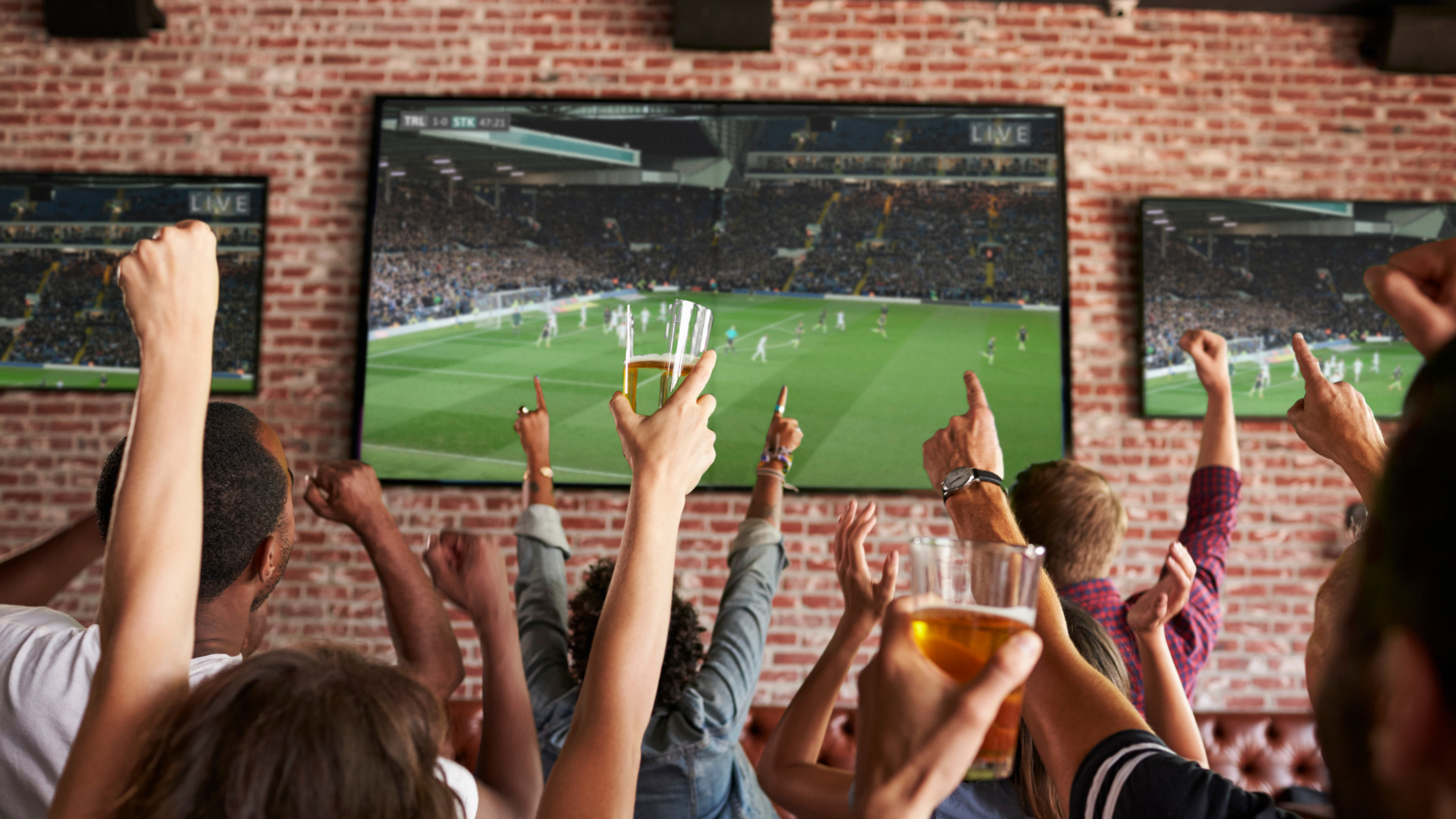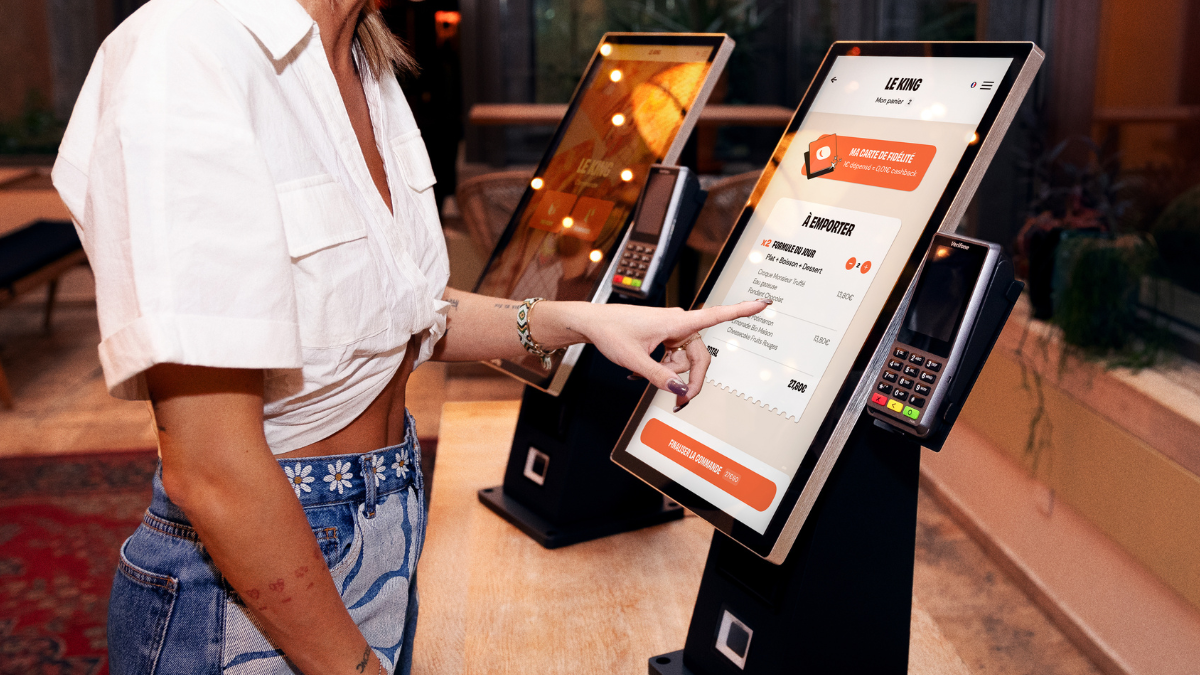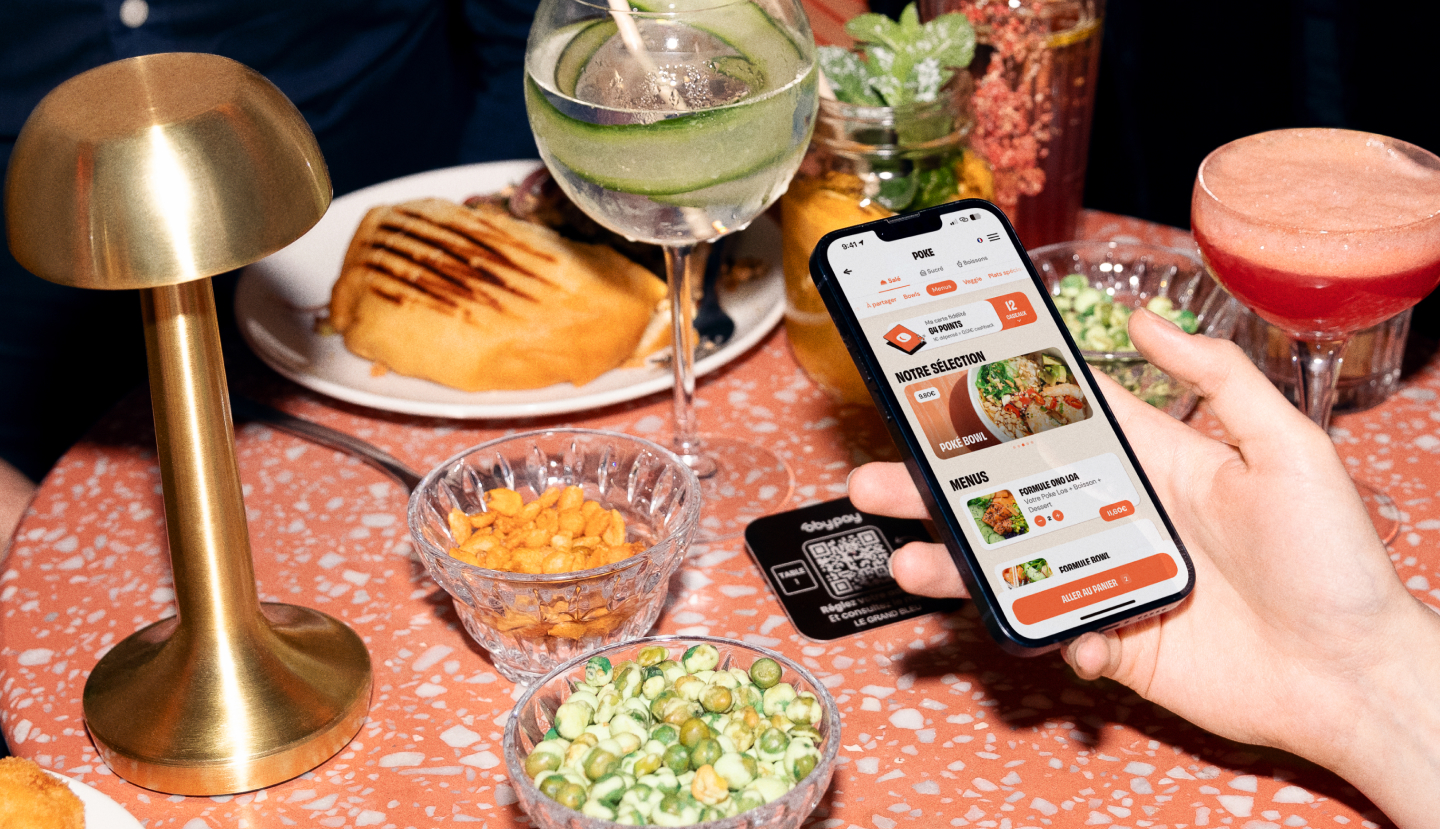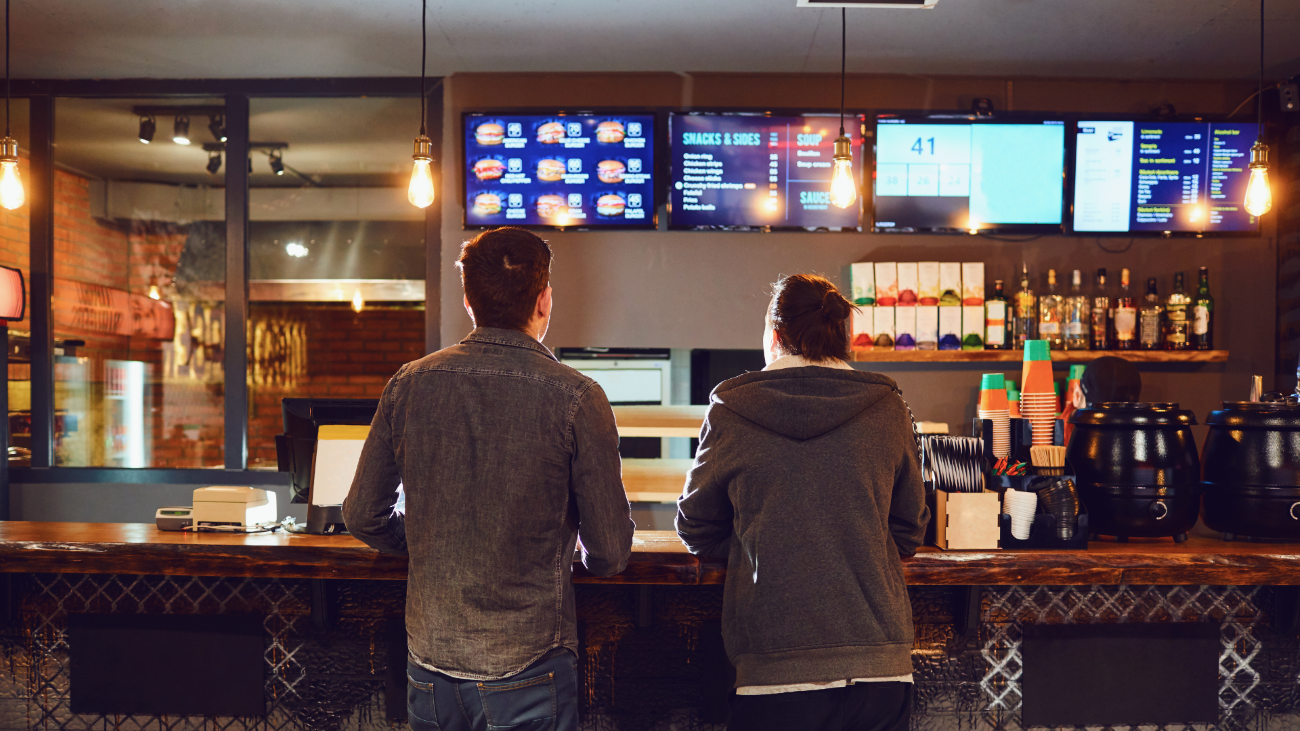Digital loyalty program: the ecological alternative to paper cards
August 12, 2024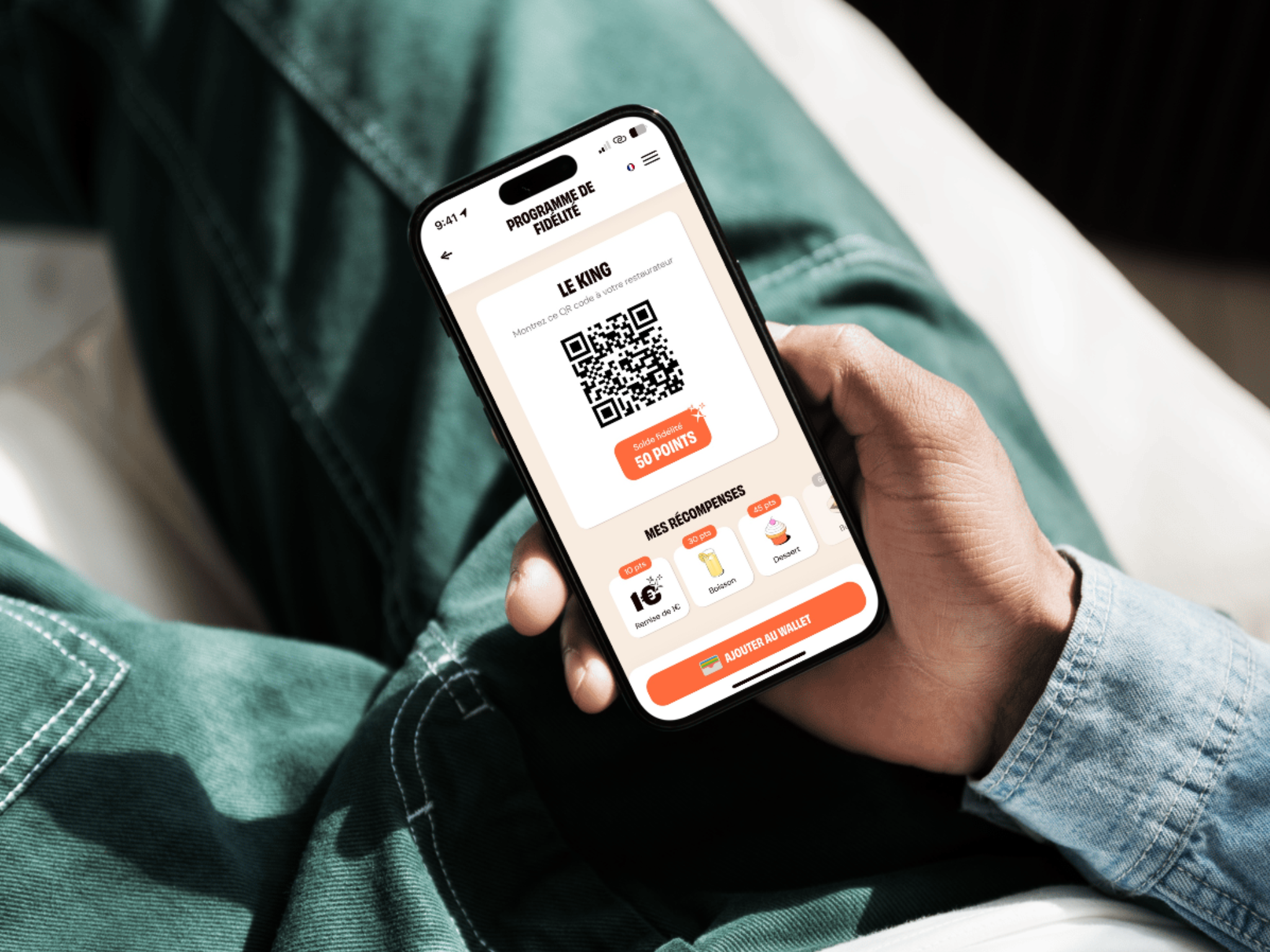
On average, we transport 7 loyalty cards paper in our portfolio.
Compact, discreet and practical, they promise discounts and gifts, but magically disappear and reappear in crumbs at the bottom of the washing machine.
Behind their apparent simplicity, paper loyalty cards hide a significant environmental impact: deforestation, water consumption, CO₂ emissions, waste that's difficult to recycle. A heavyweight for a loyalty tool that, in the end, remains limited and restrictive.
Today, there are far more sustainable and efficient alternatives for retailers: the digital loyalty programs. By replacing the paper card with a dematerialized version, you reduce the ecological footprint of your business while gaining in convenience.
But above all, you gain access to new business levers: better customer knowledge, personalized loyalty campaigns, instant communication, real-time tracking...
So, should you continue to rely on the paper loyalty card or switch to the more ecological and cost-effective digital program?
The environmental impact of paper loyalty cards
Cardboard loyalty cards seem harmless. Yet their manufacture requires a high consumption of natural resources and has a considerable environmental impact.
"The manufacture of a single paper card consumes 1 to 2 liters of water, 30 chemicals, and emits 1 gram of CO₂. 80% of these distributed cards end up in the trash or are lost after an average of 4 days."Rémi Goutarel Sustainable development engineer and co-founder of Glibl
Rapidly wasted resources
While France's 407,000 catering outlets (fast food, bakeries, food courts) each print 1,000 cards a year, representing over 450 million liters of water. All this for cards that, in the vast majority of cases, end up being forgotten or thrown away a few days after distribution.
An unsustainable and inefficient tool
Beyond the ecological issue, the short lifespan of paper cards makes them irrelevant in terms of loyalty. Recurring printing costs, cumbersome logistics management and limited efficiency when the media disappears from customers' portfolios within a week.
In short, paper cards are as much a burden on the environment as they are on retailers' businesses. That's why it's worth looking into alternative solutions that are more useful in the long term, such as digital loyalty programs.

Why opt for a digital loyalty program?
Reducing CO₂ emissions & paper logistics
Printing, transporting, storing and then disposing of paper loyalty cards generates CO₂ emissions at every stage. Going digital eliminates all these logistics.
No need to reprint entire stocks of cards every time you run out: you'll reduce your order movements, deliveries and waste.
It saves time, money and carbon footprint.
Zero physical waste: no more lost or discarded cards
On average, a paper card disappears from your customers' wallets in less than a week. That means money spent on printing, only to end up in the garbage can. With a digital card, there's no more loss or waste. Customers can access it from their phone, always at hand.
You eliminate unnecessary waste and gain in reliability.
Instant access: convenience and enhanced customer engagement
With a dematerialized card, your teams no longer need to distribute, stamp or replace cards. The customer registers in a matter of seconds, autonomously from his or her cell phone. Access is immediate and the commitment stronger, because the digital card cannot be lost and follows the customer everywhere.
Customer tracking and personalization using CRM data
Where the paper card gives you no data, the digital card records every interaction.
You gain access to relevant information: frequency of visits, average shopping basket, consumer preferences. This data feeds your CRM database and allow you to create targeted campaigns. You no longer hand out rewards at random: you tailor your offers to your customers' actual behavior.
Want to find out more? See our resource ➜ Building loyalty in the restaurant business: what really works in 2025
Bonus: savings on printing costs
Printing cards has a recurring cost: paper, ink, lamination, delivery. On the scale of a restaurant or a network, the bill quickly climbs.
Especially as paper prices have risen steadily in recent years: pulp jumped from 46 to 54% between the first quarter of 2021 and early 2022.. And the trend is not reversing: in 2025, a further increase of around 1.7% is already forecastdriven by persistent inflation.
With a digital loyalty program, these expenses disappear.
You pay a stable, predictable monthly subscription fee, unlike the variable costs of regular printing and restocking.
It's easier to fit into your budget.
And these saved resources can be reinvested in your marketing campaigns and improving the customer experience.
Switch to digital loyalty cards with Obypay
Stamping cards doesn't provide data, tracking or a clear view of your customers. With a digital loyalty program, you gain a tool that serves both your customers and your day-to-day management.
➜ Still hesitating? We have listed 7 good reasons to turn the page on stamp cards.
➜ Want to see how it's done in the field? Take a look at the Auguste & Ferdinand bakerywho successfully took the plunge.
And if you want to talk directly about your business and your needs, we're available to discuss it right here.








